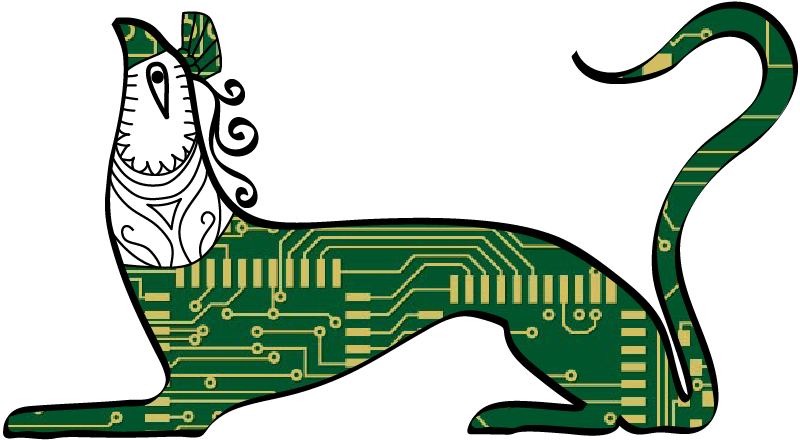First Textiles
On 15 December 2014 abstracts (500 words minimum) are due for a two-day international conference entitled First Textiles. The Beginnings of Textile Manufacture in Europe and the Mediterranean, to be held on 7-8 May 2015 at the National Museum of Denmark (http://natmus.dk/en/) and the Centre for Textile Research at the University of Copenhagen (http://ctr.hum.ku.dk/) in Copenhagen, with a possible visit the Land of Legends and its experimental archaeological center at Lejre (http://www.sagnlandet.dk/English.425.0.html) on 9 May. Abstracts should be sent to the organizers at
The most ancient preserved textiles: archaeological material; microscopic analyses; raw materials (plant and animal fibres, skins, and furs); provenience of the fibres; manufacture of fibres and textiles; woven and unwoven textiles
Raw materials: use of plant and animal fibres, skins, and furs; domestication of flax; use of hairy and woolly wool; introduction and spread of woolly sheep wool and 'the textile revolution'
Scientific methods of analysing ancient textiles and recognising the provenience of fibres: strontium and isotope tracing; ancient DNA; protein analysis
Development and changes of textile techniques (spinning, twining, splicing, weaving, needle-work, etc.) during the Neolithic and Early Bronze Age
Studies of textile tools: the first appearance of spindle whorls, other spinning tools and techniques, loom weights, looms, tablets, frames, etc., and their changes and spread through distant regions and cultures
Basketry, mats, and other techniques
Studies of imprints of textiles, basketry, and mats in various materials; methods and analyses
Experimental archaeology and its role in reconstructions of early textiles, tools, and techniques
The social context of early textiles: textiles in society; household production; work organisation and specialization; textiles in habitational and funerary context; social status, gender, exchange, and trade of the raw materials and textiles

